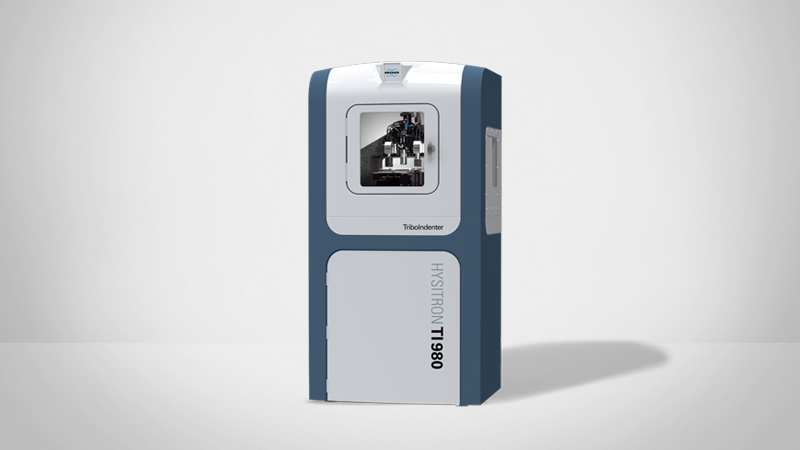

Algorithms for Nanoindentation Strain Rate Jump Testing Using the Hysitron TI 980
Learn how to perform and analyze strain rate jump tests to understand thermally activated deformation processes
This webinar recording discusses testing and analysis methods for SRJ tests using the Bruker Hysitron TI 980 TriboIndenter. Functions for necessary data correction were validated using single-crystalline BCC tungsten, but extension to other material systems are also discussed.
Investigate Strain Rate Jump Testing Methods
Thermally activated deformation processes control plasticity and fracture in many materials, including body-centered cubic (BCC) metals, and can be probed via the strain rate dependence of their yield stress. One technique to probe this is the strain rate jump test, in which the strength change at an abrupt change in applied strain rate is measured, which has traditionally been performed on the bulk scale, but requires large samples and cannot measure local properties. Nanoindentation solves both of those issues.
This webinar will discuss testing methods for strain rate jump tests using the Bruker Hysitron TI 980, as well as functions to perform necessary corrections to the data. The functions were validated using single crystalline BCC tungsten as a model material, so application to other material systems will be discussed.
Find out more about the technology featured in this webinar or our other solutions for Nanomechanical Testing:
Featured Products and Technology
Speakers
Kevin Schmalbach, Ph.D., Instrumentation Scientist, Nanoindentation Unit, Bruker
Kevin earned his PhD in Chemical Engineering from the University of Minnesota in 2022 with his thesis focusing on the study of temperature and strain rate effects in tungsten. He then joined the applications group as a postdoctoral scientist at Bruker, where he developed the PI 89 Auto capabilities. He has recently moved into an instrumentation scientist role in the research and development group, focusing on hardware and technique development for nanoindentation.
David Vodnick
NI Product Line Manager, Bruker

